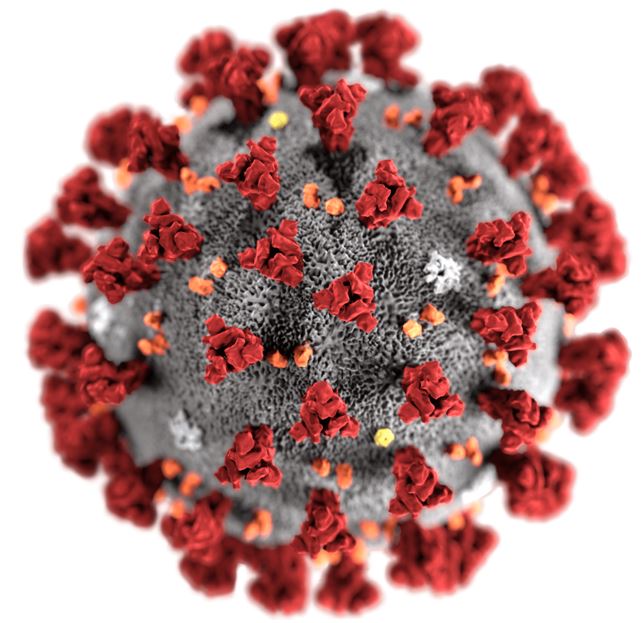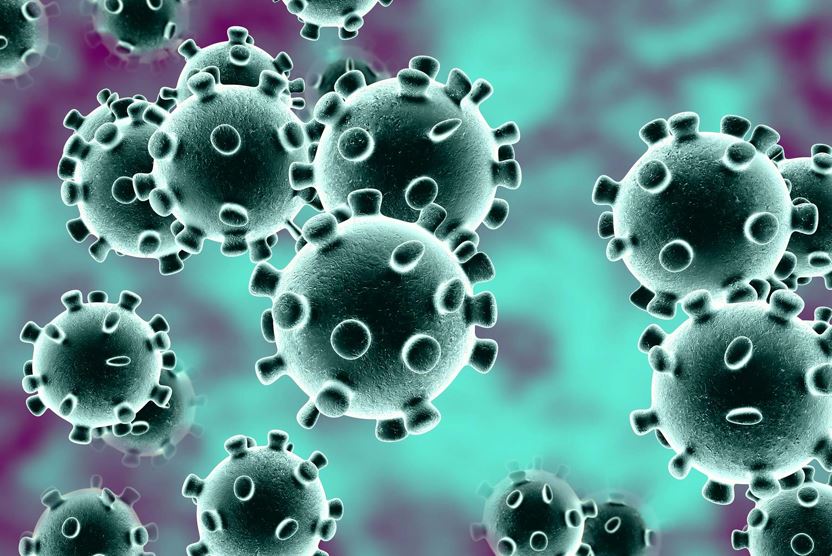What is a coronavirus? Definition and examples
The coronavirus is a family of viruses comprising various strains, some of which can be deadly in animals, specifically birds and mammals. Humans generally become infected via droplets of water in the air produced by people carrying the virus.
The current coronavirus pandemic, which we also refer to as COVID-19, has affected human health across the world. It has also devastated many sectors of the economy, is this article on the pandemic lockdown and its effect on consumer finance shows.

The best known strains, as far as humans are concerned, even though they are relatively rare, include:
- Covid-19 – Wuhan Coronavirus
- MERS‐CoV – Middle East Respiratory Syndrome
- SARS-CoV – Severe Acute Respiratory Syndrome
These three strains can result in human deaths.
Coronavirus – ‘crown’ virus
The Latin word Corona means ‘crown.’ When it was initially described in detail nearly sixty years ago, scientists said that the virus had a ‘crown of sugary proteins’ projecting from an envelope surrounding it.
Among all the RNA-based viruses, the coronavirus has the longest genome. Just one strand of nucleic acid, for example, is between 26,000 and 32,000 bases long.
The family consists of four genuses that we know of:
- Alphacoronavirus – just infects mammals, including humans, pigs, cats, bats, etc.
- Betacoronavirus – also just infects mammals, including humans, cats, etc.
- Gammacoronavirus – infects mainly birds.
- Deltacoronavirus – infects mammals and birds.
Coronavirus infection – signs and symptoms
Signs and symptoms vary, depending mainly on what type of animal is infected. Poultry and pigs, for example, get severe diarrhea.
Humans and some other mammals develop the signs and symptoms of a bad cold, including a runny nose and sore throat. Most infected people also experience upper respiratory problems. Humans with a weak immune system or chronic disease are more likely to develop pneumonia.
In rare cases, some strains have caused serious problems for farmers as well as an alarming number of human deaths.
A symptom is something the patients feels and describes, while a sign can be detected by anybody, including family members, doctors, and other healthcare professionals. Headaches and dizziness, for example, are symptoms; we only know about them if the sufferer tells us. A rash, on the other hand, which everybody can see, is a sign.
Strains that have affected and alarmed humans
Covid-19 – Wuhan Coronavirus

Wuhan is a city of 11 million people in the Hubei province in central china. Human infections with the novel coronavirus were first reported in December 2019. In January 2020, Chinese authorities placed the whole city under quarantine.
On 10th January 2020, local authorities reported one human death and fewer than 100 cases of infection. It won’t be long until the global total number of infections reaches 1 million.
The World Health Organization (WHO) has declared a state of emergency.
So far, most of the infected people who died had existing chronic health problems such as weak hearts or diabetes.
Most early cases of human infection occurred at a major animal and seafood market in Wuhan. Scientists compared the genetic sequence of the virus with SARS and bat coronaviruses. They believe it ultimately came from bats.
Several countries, including China, Japan, the United States, Taiwan, Germany, and Thailand have confirmed that human-to-human spread has and is happening.
Wikipedia says the following regarding the Wuhan coronavirus:
“To date, approximately one-fifth of diagnosed cases result in serious illness. Nearly all cases outside China have occurred in people who either traveled from Wuhan, or were in direct contact with someone who traveled from the area.”
“Animals sold for food are suspected to be the reservoir or the intermediary because many of the first identified infected individuals were workers at the Huanan Seafood Market. Consequently, they were exposed to greater contact with animals.”
MERS-CoV – Middle East Respiratory Syndrome
In 2012, Saudi Ariabia reported people showing signs of cough, panting, diarrhea, and a high temperature. Scientists suspected that dromedary camels were the reservoir of infection, but nobody has been able to confirm this scientifically. Dromedary camels or Arabian camels are the tallest camels and have only one hump on their backs.
According to WHO, health authorities confirmed 2,500 cases of human MERS-CoV infection and 860 deaths globally. The case-fatality rate was 34.4%. Most of the fatalities (780) occurred in Saudi Arabia.
SARS-CoV – Severe Acute Respiratory Syndrome
In 2003, scientists recognized SARS as a distinct coronavirus strain. Human infections started in Guangdong, a coastal province in South China. Nobody at the time knew what the source of this virus was. In 2017, scientists in China traced the virus to horseshoe bats in Yunnan province.
SARS-CoV infected over 8,000 humans that we know of, of which 800 died. At the end of July 2003, WHO declared that the SARS outbreak was over. It had a fatality rate of 9.6%. Most of the cases were in Hong Kong and mainland China.
Interesting related articles:

